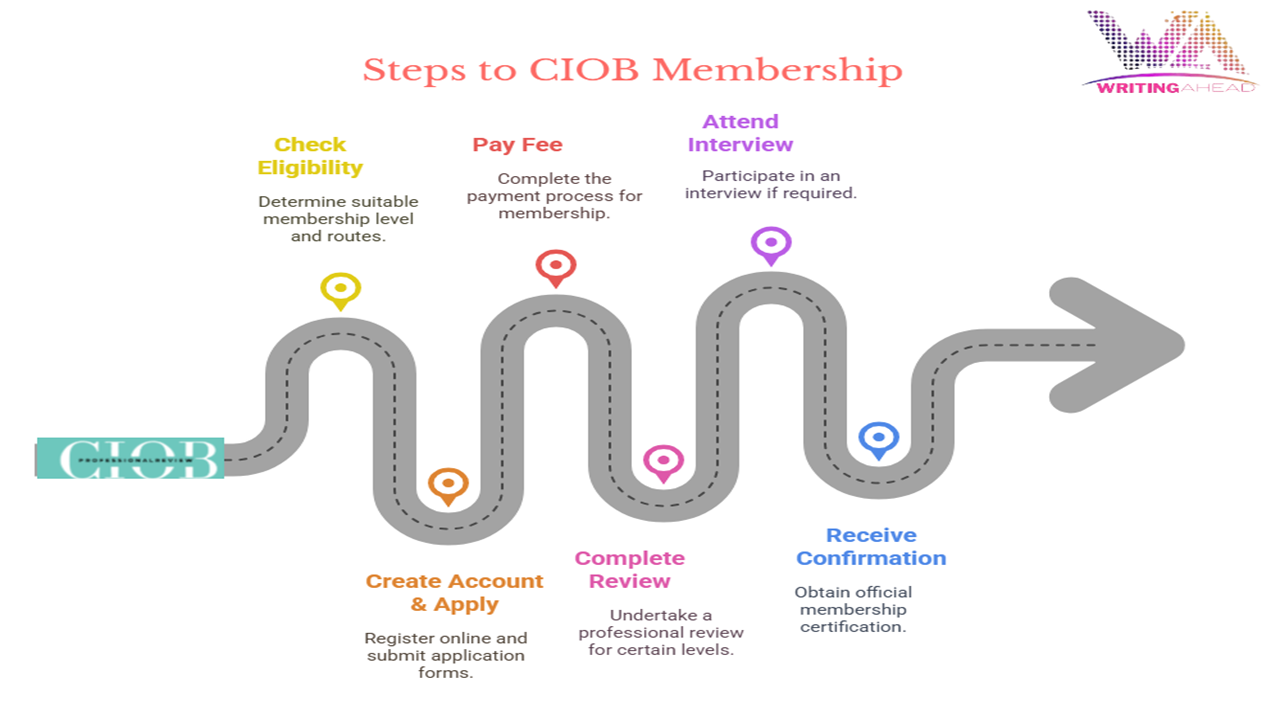What Is the CIOB Professional Review?
The CIOB Professional Review is the final assessment step for candidates applying for Chartered Membership (MCIOB) of the Chartered Institute of Building. This review evaluates your professional experience, ethics, leadership, and technical knowledge.
The Review Assesses:
Competency across CIOB’s professional standards
Demonstrated leadership in construction or project roles
Understanding of ethics, safety, quality, and sustainability
Passing this review earns you the prestigious MCIOB post-nominals, boosting your credibility and career prospects.
Understanding CDR: A Proven Methodology
A Competency Demonstration Report (CDR) is a structured report used to demonstrate an individual’s professional competencies, most commonly in engineering and construction migration assessments (like with Engineers Australia).
It includes:
Career episodes or project reports
STAR-based reflective narratives
Summary statements aligning actions with competency elements
CDR has become a gold standard for portfolio-based assessments, thanks to its focus on detailed, outcome-oriented storytelling.
How CDR Aligns with CIOB’s Competency Framework
CIOB assesses real-life construction experience across several key competencies:
Planning and project management
Commercial and contractual awareness
Professionalism and ethics
Communication and stakeholder engagement
The CDR approach makes it easier to map your past experiences to these exact competencies using evidence-based reporting.
Benefits of Using CDR Preparations for CIOB Review
✅ 1. Structured Portfolio Creation
CDR helps you build a well-organized, competency-aligned portfolio—making the CIOB reviewer’s job easier and increasing your approval chances.
✅ 2. Focus on Personal Contribution
CIOB values what you did—not just your team’s efforts. CDR emphasizes first-person active voice narratives (“I implemented…”, “I resolved…”).
✅ 3. Better Readiness and Confidence
Using CDR-style preparation makes candidates more confident during interviews and reviews, as they’ve already analyzed and reflected on key experiences.
Core Elements of CDR That Enhance Your Review
🛠️ 1. Career Episodes (Project Narratives)
Each project is written as a story showcasing your role, challenges faced, and outcomes achieved.
📌 2. STAR Method
Situation: Context of the project
Task: What you were responsible for
Action: What you did personally
Result: The measurable impact or achievement
🪞 3. Reflective Practice
CDRs encourage deep reflection on decisions, leadership, and ethical conduct—aligning perfectly with CIOB’s expectations.
CDR Approach vs Traditional CIOB Review Preparation
| Feature | Traditional Review | CDR-Based Review |
|---|---|---|
| Structure | Loose/Free-form | Structured and Guided |
| Focus | General Overview | Specific Experiences |
| Detail Level | Medium | High & Technical |
| Self-Reflection | Optional | Essential |
| Reviewer Experience | Varies | Streamlined |
Who Should Use CDR Preparations for CIOB?
This method is ideal for:
Professionals with non-traditional education (e.g., experience-only candidates)
Mid-level managers aiming for Chartered status
Applicants struggling with free-form writing or interview prep
Construction workers transitioning into project management roles
Steps to Adapt the CDR Format for CIOB Review
🔍 1. Match Your Projects to CIOB Competencies
Read the CIOB Professional Review Guide and map your project episodes to relevant criteria.
🗂️ 2. Structure Your Portfolio Like a CDR
Include:
Introduction to each project
Background and context
Actions taken and challenges faced
Achievements and learning points
🧾 3. Use Summary Tables (Optional but Helpful)
Help reviewers cross-reference your experiences with CIOB expectations.
Tools and Templates for CDR-Based CIOB Preparation
You can use:
CDR Writing Templates adapted for CIOB use
STAR-Based Worksheets
Professional Mentoring and Editing Services
Competency Mapping Checklists
These tools ensure your submission is polished, persuasive, and professional.
FAQs on Using CDR for CIOB Professional Review
1. Can I use the same CDR I wrote for Engineers Australia?
Not directly. However, you can adapt the structure and content to match CIOB’s criteria.
2. Do I need to include technical drawings or diagrams?
Optional—but including them can enhance the technical value of your submission.
3. Is CDR format accepted by CIOB officially?
CIOB doesn’t mandate a specific format, so CDR-style portfolios are acceptable as long as they meet review criteria.
4. Do I still need to attend an interview?
Yes, but using CDR prep helps you speak confidently about your experiences and achievements.
5. Is CDR helpful if I’m applying through the experience route?
Absolutely—it’s perfect for experience-based candidates who need to prove competencies through real-life stories.
6. Can I get help writing a CIOB-adapted CDR?
Yes, many professional services now offer CIOB-focused CDR preparation.
Conclusion: Choose the Best Preparation for Chartered Success
The CDR format isn’t just for engineers—it’s a powerful, proven method to prepare for the CIOB Professional Review. Whether you’re applying through the academic or experience route, CDR-style preparation helps you present your work clearly, professionally, and confidently.
So if you’re serious about becoming an MCIOB, using CDR preparations might be the smartest investment in your professional journey.

Leave a Reply
You must be logged in to post a comment.